Introduction
I am always so excited to share preschool letter activities with parents and educators.
This is because laying the foundation for alphabet learning and phonics skills from an early age is so important, as it gives our little ones a head start in the world of reading and language.
When children can recognize letters and learn letter sounds, it’s like equipping them with a secret code to unlock the wonders of reading and communication. Plus, these skills form the building blocks for future literacy development.
The best part of it is that we can make learning letters super fun and engaging!
Gone are the days of boring drills or sitting at a desk to learn.
These interactive, hands-on and fun alphabet activities that I am about to share will make your little learners jump for joy.
Get ready to dive into some incredible alphabet activities for preschoolers that will make recognizing letters and phonics feel like child’s play.
Trust me, your kids will be having so much fun that they won’t even realize they’re learning all the letters of the alphabet.
10 Fun Ways to Learn Letters
Who says learning has to be all work and no play?
We’re going to practice letter recognition through some classic games that will have the kids begging for more. We’ll also explore a series of fun and engaging alphabet activities that will captivate your child’s imagination and make learning letters an unforgettable experience.
1. Playing Letter Games
Did you know that you can turn classic favorite games like “Bingo” and “I Spy” into alphabet games that will have your little ones eagerly exploring the world of alphabet letters while having a blast?
In the fun game of “Letter Bingo,” they’ll excitedly await their turn to call out “Bingo!” while matching letters on their letter cards.
The excitement builds with each letter revealed, fostering their letter recognition skills while creating unforgettable moments of joy.
To watch a guide on how to play Alphabet Bingo, click here.
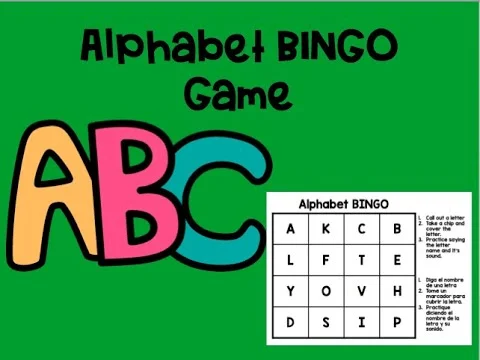
“I Spy” takes them on a captivating journey of observation. Together, you’ll search for objects with specific beginning letters, sharpening their visual discrimination skills and letter recognition abilities.
Watch a guide on how to play I Spy here.
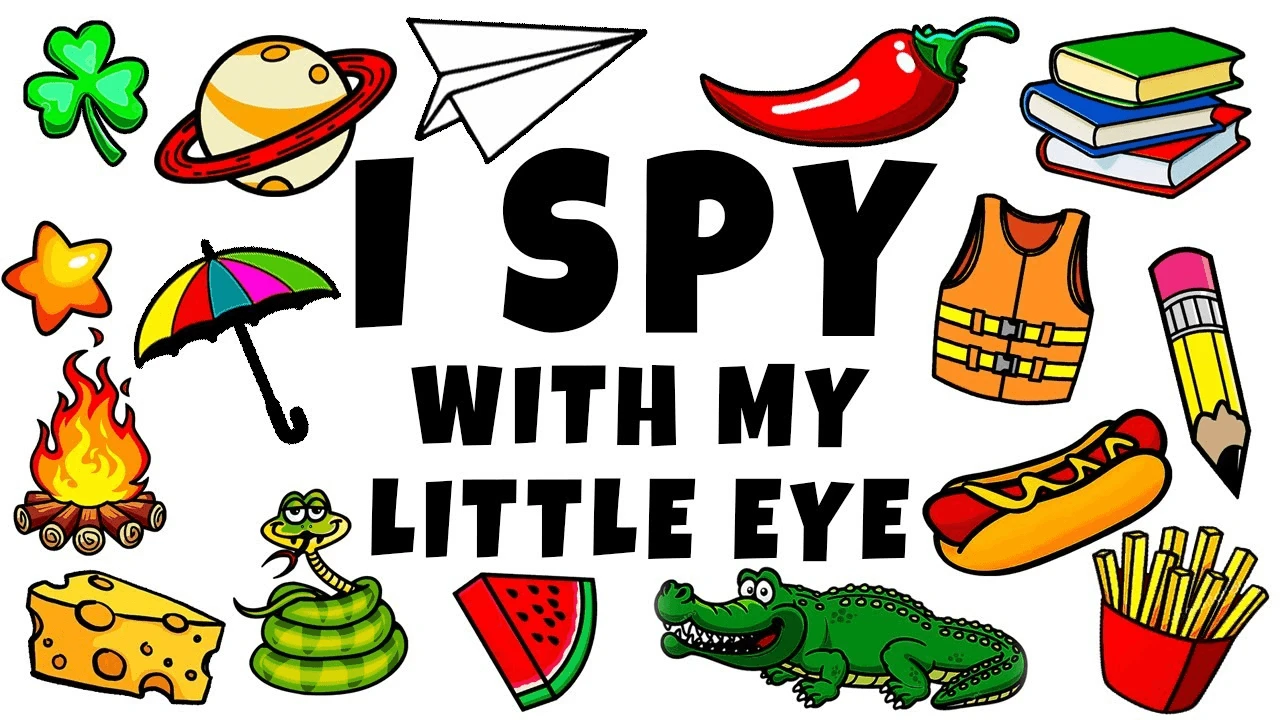
2. Incorporating Letter Recognition into Everyday Activities
Have you ever noticed how letters are all around us? From street signs to cereal boxes, there are lots of letters hidden right in front of us, like a treasure waiting to be found.
So, why not turn everyday outings into letter-hunt adventures?
As you walk down the street, point out letters on signs and labels, and challenge your little ones to identify them.
Further still, grab a basket of toys or a pile of household items, and turn it into a letter-sorting extravaganza.
Challenge your child to group objects based on their beginning letter sound.
For example, all the toys that start with the letter “B” go in one pile, while those starting with “S” go in another.
It’s a playful way to practice letter recognition while enhancing their cognitive skills.
3. Using Songs and Rhymes
There’s something magical about music that captures our attention and sticks in our minds.
Why not create this magic by singing along to classic alphabet songs with your little one, like the good old “ABC” song?
Add some extra fun by incorporating alphabet activities or dance moves that go along with each letter.
This makes it feel like a mini dance party where they’ll be learning the letters of the alphabet without even realizing it.
By infusing music, songs, and rhymes into our letter learning, we’re tapping into our child’s natural inclination for rhythm and movement.
They’ll be singing, dancing, and chanting their way to letter sound mastery.
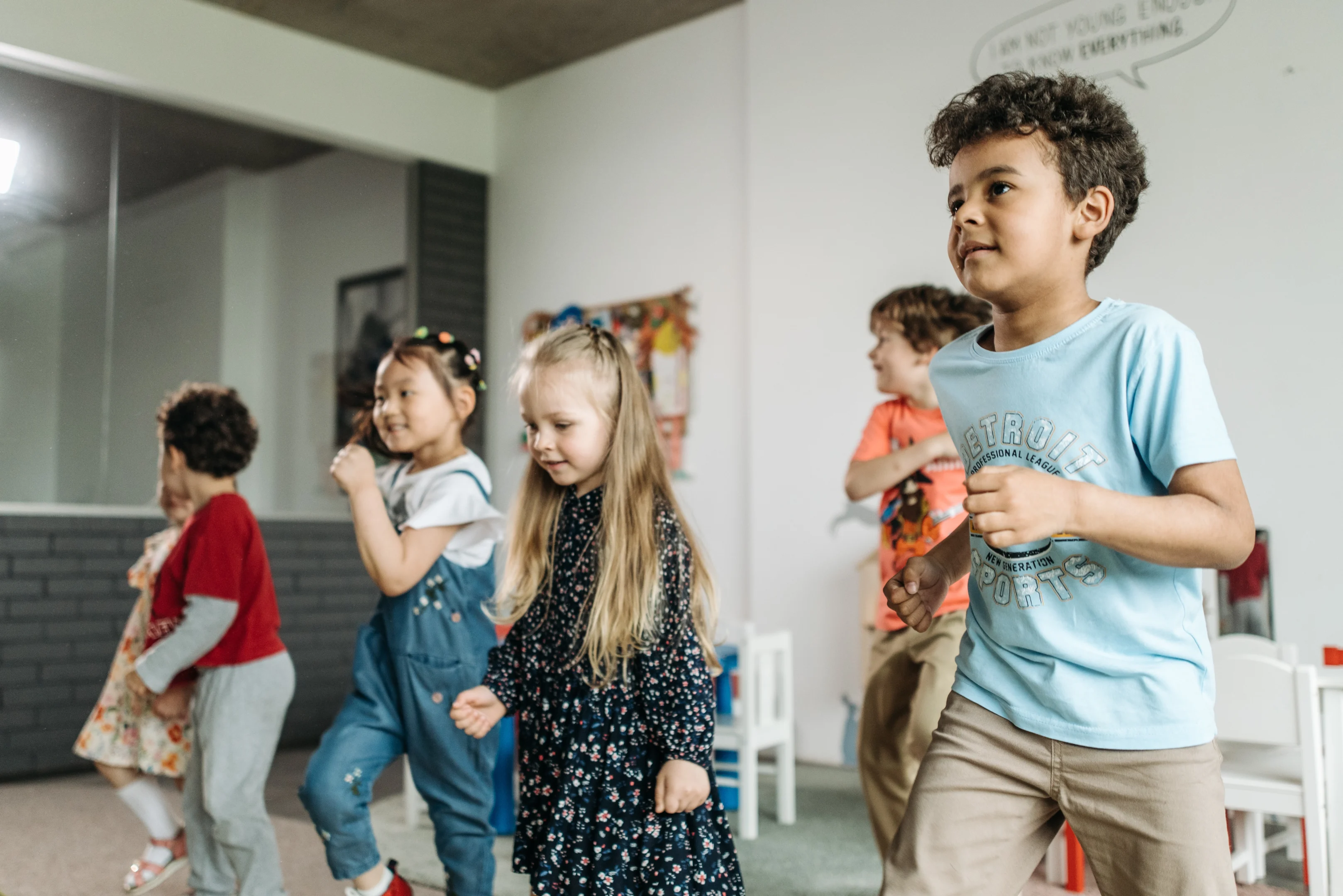
4. Sound Scavenger Hunts
Choose specific beginning sounds and challenge your child to find objects in your home or surroundings that start with that sound.
For example, if you’re focusing on the letter “B,” they could search for a ball, a book, or even a banana.
It’s like a treasure hunt, but instead of gold, they’re seeking out the sounds of letters.
This game not only sharpens their listening skills but also reinforces their ability to identify letter sounds in the world around them.
5. Sound Matching Games
It’s time to match sounds with pictures! Create a set of picture cards or gather some manipulatives representing various objects.
Each object should start with a different letter sound.
Create a set of letter cards that match the picture cards.
Spread the cards or manipulatives out and have your child match the correct sound to each picture.
For example, if they see a picture of a cat, they’ll need to find the letter card that represents the “C” sound.
This game strengthens their letter-sound association and improves their visual discrimination skills.
6. Building Letters with Playdough
Kids love playing with playdough.
Roll out the playdough on playdough mats and show your child how to shape it into different letters.
As they create each letter, encourage them to say the corresponding sound.
This hands-on alphabet activity helps them connect the visual form of the letter with its sound, making letter learning a sensory adventure.
7. Letter Sound Sensory Bins
Fill a bin or tray with a variety of objects that represent different letters of the alphabet.
For example, you can include a toy car for the “C” sound, a feather for the “F” sound, or a small doll for the “D” sound.
As your child sifts through the sensory materials, they can identify the objects and say the corresponding letter sounds.
This activity combines the sense of touch, sight, and hearing, reinforcing letter-sound connections in a captivating way.
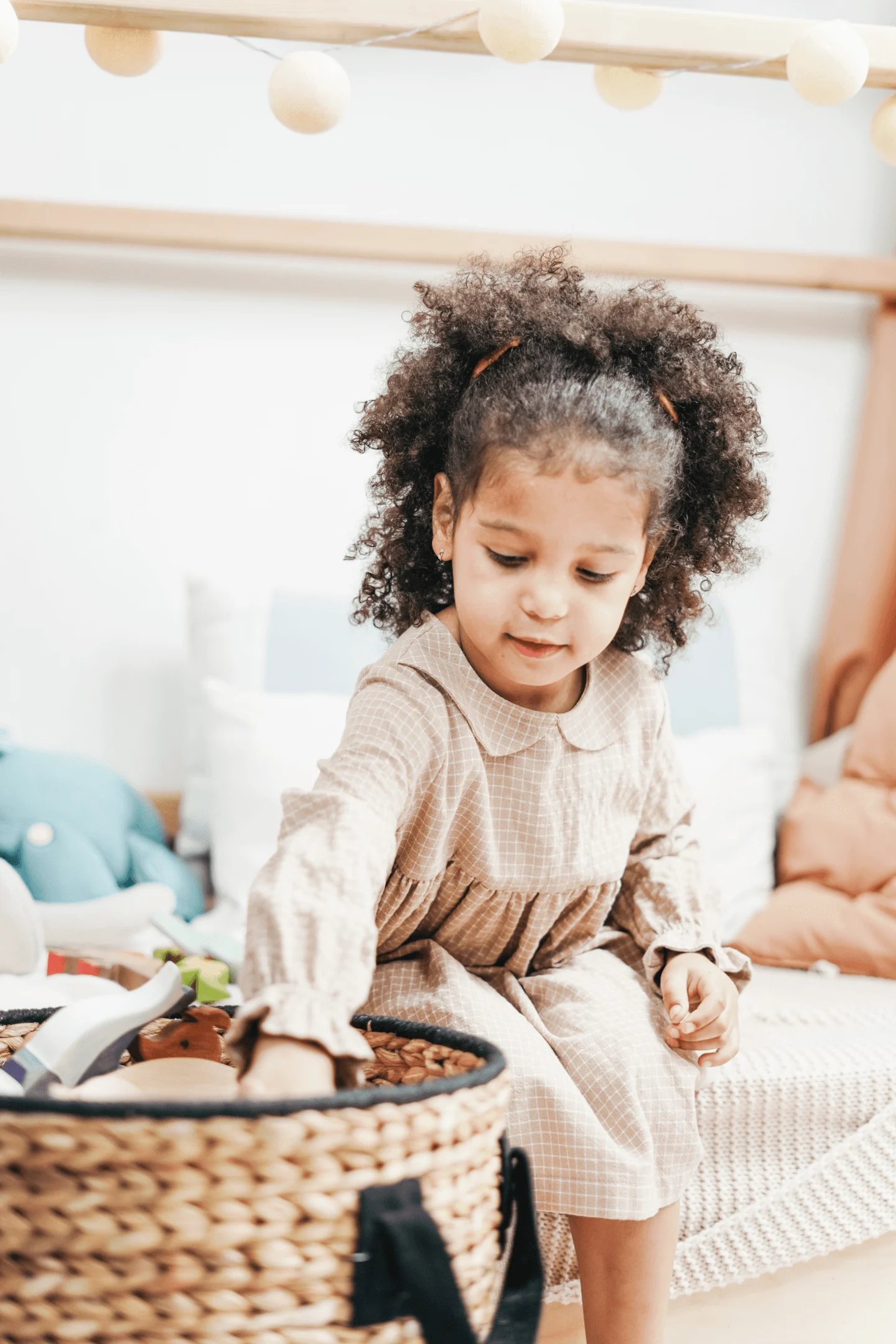
8. Alphabet Hopscotch and Letter Obstacle Courses
Transform learning the entire alphabet into an exciting and fun learning adventure with alphabet hopscotch or letter obstacle courses.
Create a hopscotch grid with uppercase letters or lowercase letters instead of numbers, and challenge your child to hop from one uppercase letter or lowercase alphabet to another, saying the letter sound as they land on it.
For an extra challenge, create a letter obstacle course where your child has to navigate through various letters, perform specific actions, or even solve letter-related puzzles.
It’s a dynamic and enjoyable way for kids to identify letters while boosting their balance, coordination, and gross motor skills.
9. Practicing Letter Formation through Tracing or Finger-Painting
Letter tracing is a fantastic letter activity you can incorporate to strengthen fine motor skills and practice letter formation.
Provide your child with letter tracing worksheets or create your own by drawing large upper and lower case letters on paper.
Guide their hand as they trace each letter, encouraging them to pay attention to the strokes and shapes.
Alternatively, you can swap pencil writing for finger painting.
Spread some food coloring on a surface and have your child trace letters using their fingers.
It’s a sensory-rich fun activity that combines tactile engagement with letter learning.
10. Using Textured Materials for Preschool Learning Activities
Let’s add some texture to our letter activities!
Practice letter recognition by incorporating textured materials such as sandpaper into letter learning activities.
Cut out large uppercase letters and lowercase letters from sandpaper and let your child trace their fingers over the rough surface, feeling the letter shapes.
You can also stick different textured fabrics onto cardboard letters, making a touchable alphabet set.
Encourage your child to run their fingers over the different textures while saying the corresponding letter sounds.
It’s a multisensory and great fine motor activity that enhances letter recognition through touch and texture.
How to Make Letter Learning Interactive
Check out these three fantastic approaches to learning letters of the alphabet that will take learning to a whole new level of fun and interactivity.
1. Letter of the Week Program
The Letter of the Week program is a fun activity that helps to immerse your child in the exploration of individual letters of the alphabet.
Each week, choose an individual letter to focus on, and let the excitement begin!
Start by introducing the chosen letter to your child. Show them how it looks, say its sound, and explain its importance.
Throughout the week, incorporate various fun alphabet activities centered around that letter. For example, if the letter is “S,” you can:
Engage in letter-themed crafts, such as creating a sparkling letter “S” with glitter and glue.
Make some delicious letter-themed snacks, like making sandwiches in the shape of the letter “S”
Dive into dramatic play scenarios that revolve around the chosen letter. For example: Transform your living room into a doctor’s office where your child can play the role of a skilled “S” surgeon.
By immersing your child in a letter-themed week, you’re providing a rich and interactive learning experience.
They’ll develop a deeper understanding of individual letters, their sounds and their importance in words.
2. Technology and Educational Apps
In today’s digital age, technology is a valuable tool in supporting letter learning.
There is a wide range of educational apps and interactive websites available for preschoolers nowadays.
Many of these apps incorporate fun games, colorful visuals, and interactive features to capture your child’s attention while they learn.
Note however that you should only use technology as a supplement to hands-on alphabet activities rather than a replacement.
As you incorporate letter learning apps or websites into your child’s daily routine, also ensure they have ample time for engaging in hands-on alphabet activities like crafts, sensory play, and interactive games.
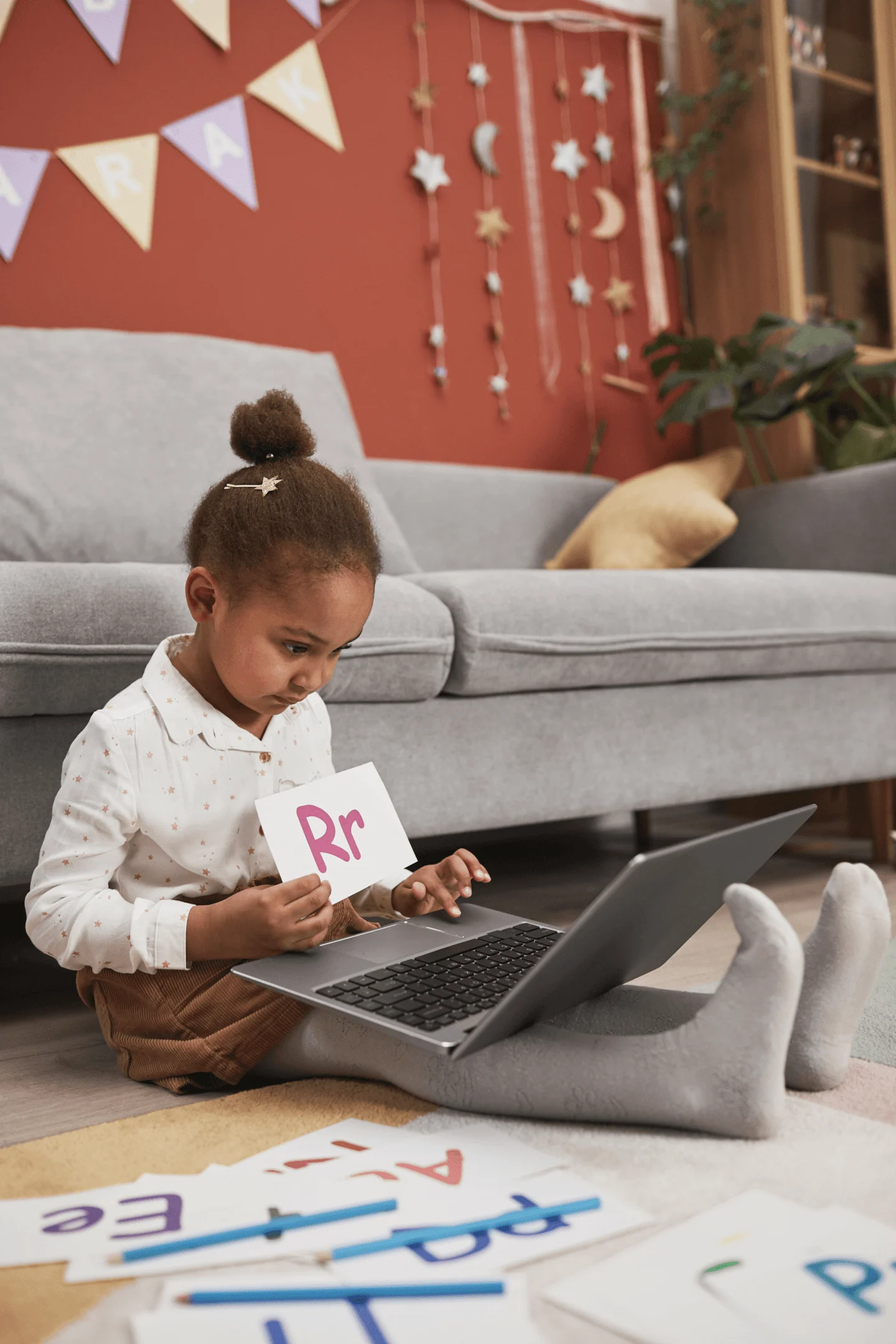
3. Group Letter Activities
Group alphabet activities for preschoolers are an excellent opportunity to work together, share ideas, and create something amazing.
Choose a letter and organize a collaborative letter activity where children can contribute their creativity and skills.
For example, they can work together to create a letter-themed display for the classroom or a letter-themed book.
Assign each child a letter, and let them design and decorate it using various materials like colored paper, dot markers, and stickers.
Once all the letters of the alphabet are complete, they can arrange them to form words or even a giant alphabet display.
Doing this not only reinforces letter recognition but also fosters teamwork and collaboration skills.
Tips for Making Letter Activities Exciting
The following tips will help make and keep your letter activities exciting:
Never forget to celebrate milestones and accomplishments in letter recognition and sounds to boost their confidence and enthusiasm.
Use bright colors, playful fonts, and eye-catching visuals and learning materials to design a visually appealing and stimulating space that captivates children’s attention.
Personalize letter activities by integrating topics or characters that interest your children, whether it’s their favorite animals, superheroes, or storybook characters.
By tapping into their interests and imagination, you make letter activities relatable, meaningful, and exciting for children.
Conclusion
As parents, teachers, and caregivers, we have the power to ignite a lifelong love for letters and words in young minds. Our dedication, enthusiasm, and unwavering support will shape their educational path and pave the way for future success.
So, let’s embrace the wonder and magic of alphabet activities for preschoolers.
Let’s create an atmosphere of curiosity, exploration, and joy, where every letter becomes an opportunity for growth and discovery.
Together, we can empower our children to become confident readers, effective communicators, and lifelong learners.
Having been armed with this wealth of knowledge on alphabet activities for preschoolers, go forth and inspire!
Make every alphabet activity an unforgettable experience, leaving a lasting impression on the young hearts and minds in your care.
The future is bright, and it begins with the power of letters in the hands of our little learners.
